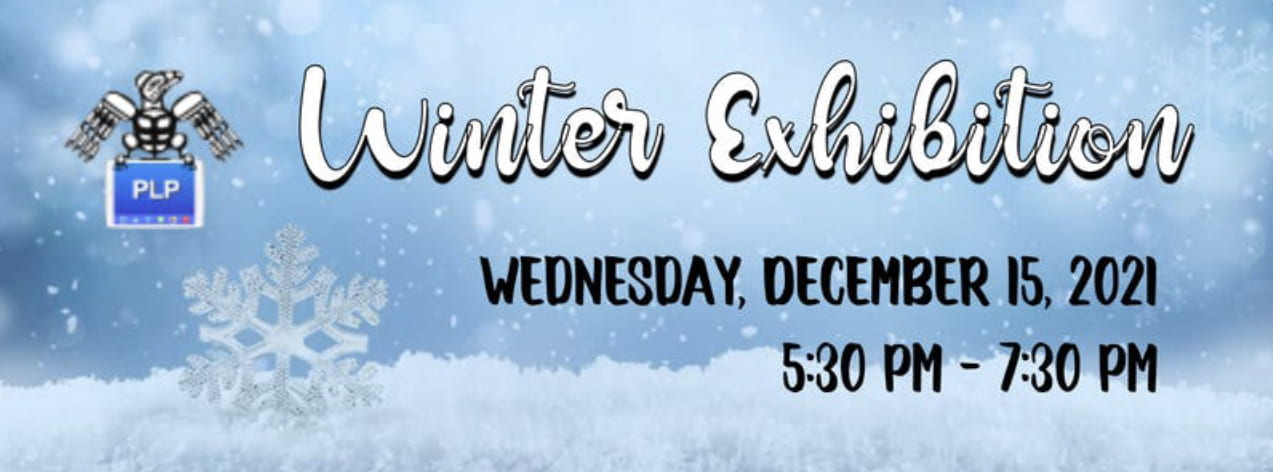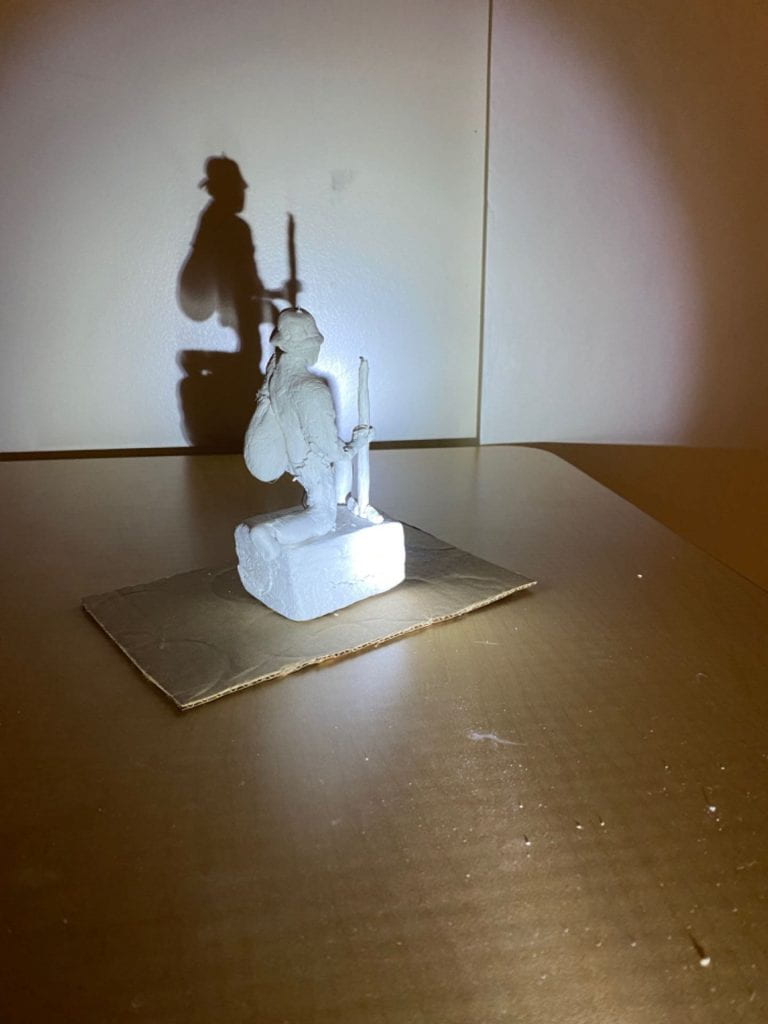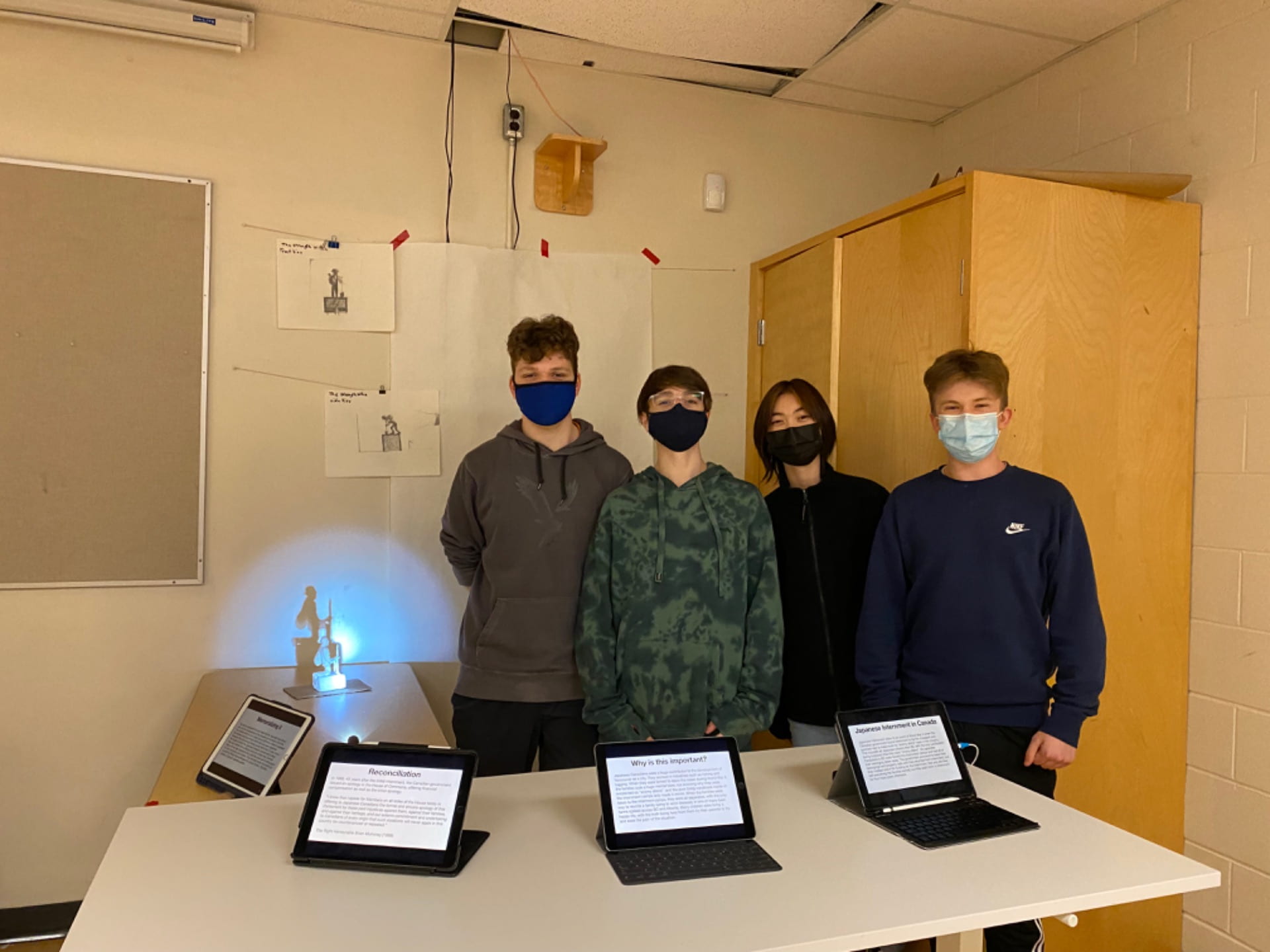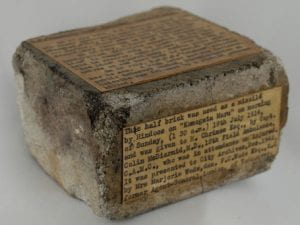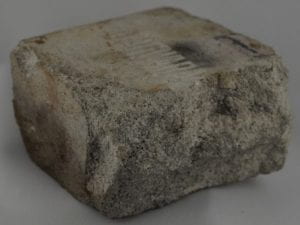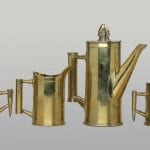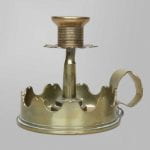Hello, and welcome back to my blog, today we’re going to talk about our most recent event, the PLP Winter Exhibition. This event was pretty big because we were finally able to host it inside again. Unfortunately there was no food or drinks though.
The driving question this time was “How can we create a public memory of past wrongs so they are not repeated today?” This question mentions a “public memory” which refers to the circulation of recollections of members of a certain community as defined by Matthew Houdek and Kendall R. Phillips. In our case, the public memory is a memorial, which would refer to a place or structure created to commemorate or remember a significant event. During this project, we learned about 3 different events in Vancouver’s history where some form of discrimination occurred.
The first being the Komagata Maru, and event in history where the Canadian government issued a law called the Continuous journey act causing all sorts of trouble with a certain ship in Vancouver’s port.
The specifics on the event of the Komagata Maru can be found here, in my post about it.
The second event we learned about was the Chinese Oppression in BC. We focused most from the construction of the railways to the Second World War.
And last but certainly not least was the Japanese internment in BC during WWII. This was the topic of my groups project for the exhibition.
For each of these different events we went on a field trip to various areas to get first hand experience in memorials and culture of the affected groups. This way of learning really helped me personally because it gave me a personal connection to each of the events that not only helped me remember some information on each one, but also helped me understand what made a successful memorial because I could take on the role as spectator. For example I found the Dr. Sun Yat-Sen gardens where you went to new areas often to be an much more enjoyable experience than the first half of the Nikkei Cultural centre where it was almost exclusively writing on the wall.
The Winter Exhibition. Oh boy. This was an experience. Now the way I’m talking about it might make it sound terrible, but it really wasn’t all that bad. We had the room arranged so each group got a 6th of the room’s space. We had a corner halfway through the visitors journey. During the exhibition I noticed that our text based way of explaining our project only worked for a handful of people.
Our project was on the Japanese internment during WWII, we decided to make a statue that reflected a shadow onto a large wall at night, signifying the large part of life the Japanese Canadian parents had to keep in the shadows, hidden from their children so they could live a happy life.
This was the statue we made. It doesn’t specifically depict anything, except for a hard working Japanese Canadian. To my group it looked like a farmer or a soldier but it could look like something completely different to you. But the thing they most all have in common is that they work hard and push through tough times.
Earlier I mentioned that out text based descriptions didn’t really work for most people. This is probably because they weren’t interested or they figured it wasn’t important. We tried to circumvent this problem during the exhibition with some improv changes to our pitch where we would tell the visitor that the may not have to read the first 2 paragraphs because we were placed after the other Japanese Internment group. We explained it by saying the other group likely other already explained the content. This is the kind of place we needed to use our teamwork skills. This is because not only did we have to make changes midway through our exhibition we also needed to make sure everyone knew what they were going to say. Another part of the teamwork part we didn’t do too well was communicating outside of school. We were using an iMessage group chat to message each other about the project but most of the time it went unused and we failed to communicate some extra ideas that may have made the final cut.
Now this exhibition may have seemed pretty laid back so far, but the was a vote going on between each team from each event. Now in my group I don’t think we were too concerned with the votes, and I think it was better that way. But the results of the voting were clearly biased, but when the votes were counted we found that probably about 60% of the ballots all voted for the first option from each category. This is probably something like what this article is talking about. Now I can still hold my pride high and say that we would have won it if not for the poorly designed ballots I think that we could have presented our project a lot better. I think the biggest culprit of our democratic failure was our large amounts of text. If we had spent some more time refining the paragraphs and making them look slightly less intimidating then filled in the blanks ourselves when the visitor asked a question we could have had many more votes.
If I were to pitch this to a city hall or propose it as a real monument I would most likely not change much about our pitch. I’m proud of the way we explained the metaphoric value of the shadow and the interpretations of the mysterious figure at the same time and think it might even have a chance of being a real thing. But I don’t think thats going to happen. I have better things to do with my life like binging series upon series on Netflix.
To give credit where credit is due, this was my group, unfortunately I didn’t come up with this whole thing myself, and I owe it to my team members: Sophia, Josh, and last (and maybe least? Just kidding) Nate.
Finally, we come full circle and I get to answer the driving question. “How can we create a public memory of past wrongs so they are not repeated today?” And I think that the best answer I can give to that is to choose the right event for the job. You will always want to take something local, or something the people you need or want to affect will all associate with. It gives them the kind of sense that they have experienced it or if they have a distant relative that experienced the event they will care more or be more interested in general.
Thanks for coming along with me on my extra long rant today, peace
Keenan
